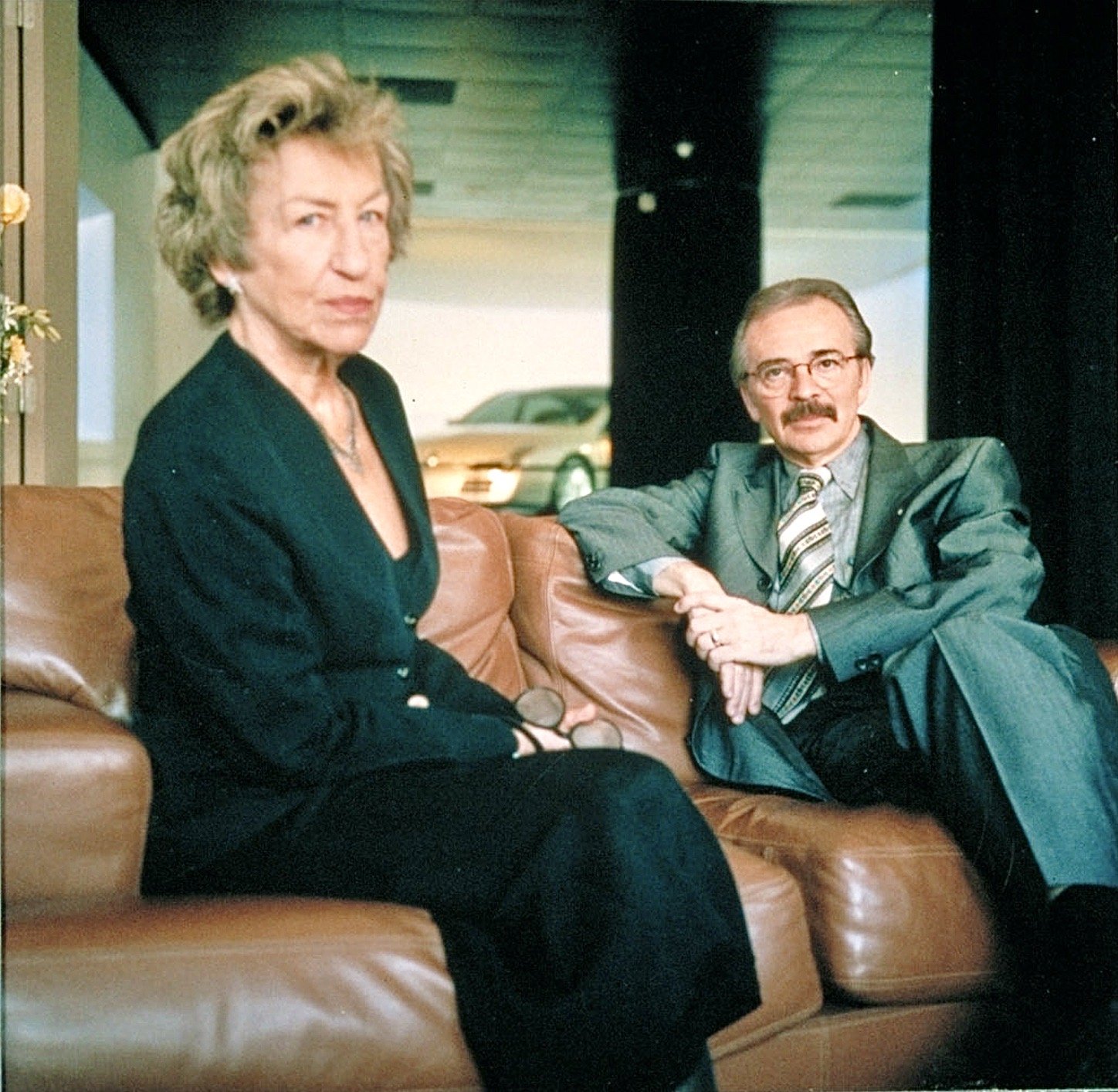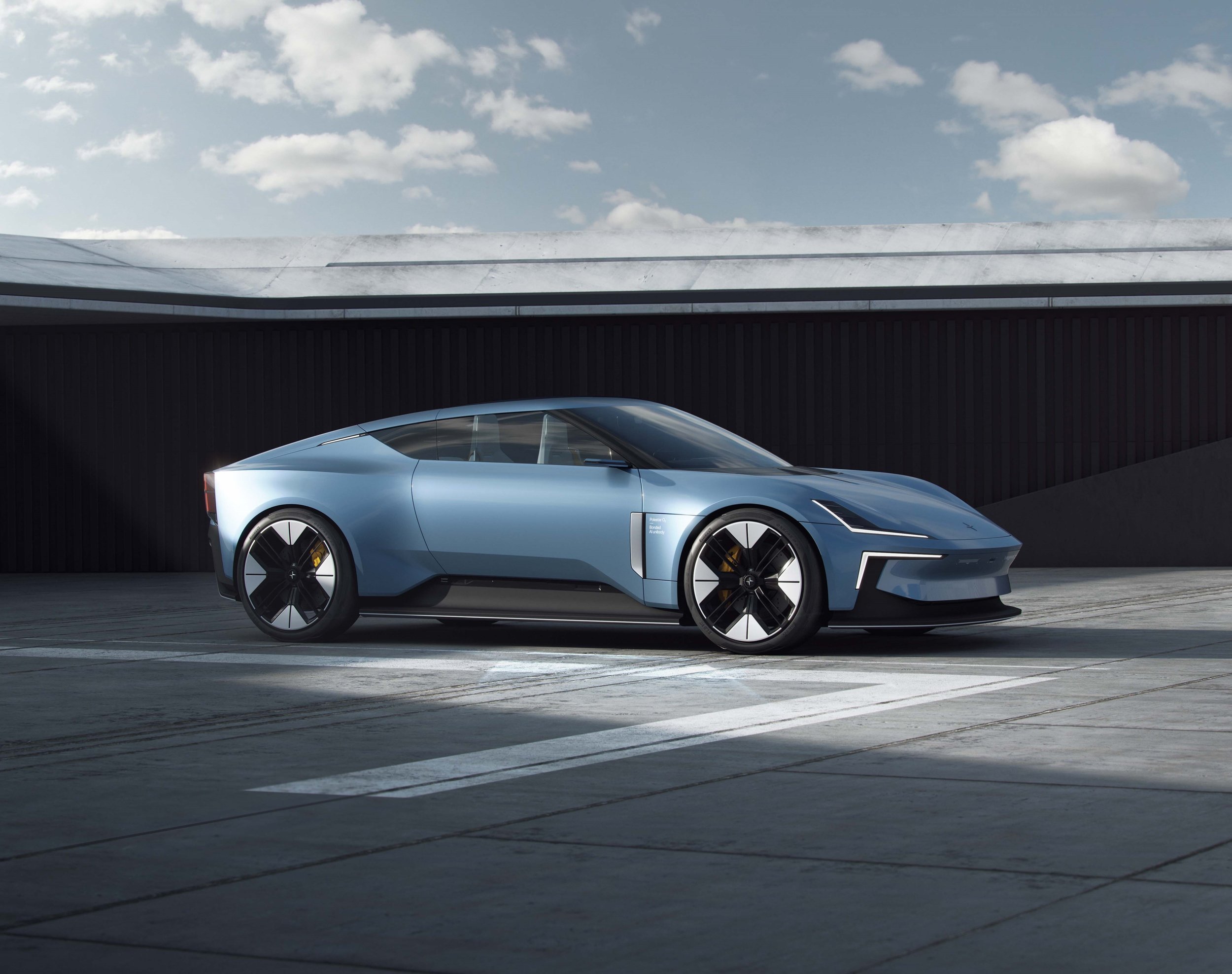The Surge (III) - Avantime
The story of the Renault Mégane MkII also includes the creation of another Renault that challenged common preconceptions, as explained by Patrick le Quément, with a bit of help from Christopher Butt, in this third instalment in the series
Clearly, there are some striking visual similarities between the 1998 Renault Vel Satis concept car and the 2002 Renault Mégane II. However, one is an unorthodox, luxurious Grand Tourisme one-off, whereas the other is the boldest small family car of its generation - which somehow made it to one of the most contested markets of the planet.
The creative journey from Vel Satis to Mégane II accordingly couldn’t possibly have been straight and smooth, but would’ve included the odd detour - a detour that itself wrote car design history.
As we re-entered planet earth from the stratosphere of the 1998 Paris Motor Show’s presentation of the Vel Satis concept car, back into the real world of our Design Center, we felt elated and slightly daunted. We had this sweet-yet-bitter, undecided taste in our mouth - a byproduct of the satisfaction of having accomplished our mission, our ears still ringing with comments such as «that’s so distinctively French, it’s really unique». And yet, we pondered as to how we could employ this creative gem within the cruel world of mass production cars. We spent many hours thinking, pen in hand, talking to the likes of French design diva Andrée Putman, discussing, analysing, going through many «what if?» exercises, asking ourselves the three key questions: Where from? Where to? What for?
As always, good luck - or fate some might say - came to the rescue, proving once again that luck is not what falls upon your head, but what you do with it. In this instance, we were asked to design a vehicle to help contract manufacturer Matra fill part of their soon-to-be emptied factory floor space. For Matra, the inventor of the Espace, had signed an exclusivity contract with Renault in 1984, churning out thousands of vehicles thereafter, whose bodies were manufactured in glass reinforced plastic, a material usually reserved for low volume production cars, having the distinct advantage of not requiring a huge capital investment but yet riddled with many limitations. The Espace’s success led Renault and Matra to increase capacity to remarkably high volumes, almost 62 400 units were built in the last years of production. Renault had told Matra at the launch of the third generation of the Espace, in 1996, that this would be the last plastic Matra-built vehicle, and that the next Espace would be manufactured in steel in a Renault plant. They were then freed from their contractual exclusivity with Renault and encouraged to look for additional partners, leaving them with a period of seven years to fill their factory. Well, they didn’t succeed and were left to come back desperate, cap in hand, having lost their last hope of a partnership with Rover, having to ask Renault for help, offering a token gift of one exotic fruit named Coupé Space.
Times most certainly had changed since the gamble that was the original Mégane Scenic was brought to market. During the second half of the ‘90s, MPVs and monovolume shapes had become the car industry’s dernier cri - not quite on the same scale, but not complete far off today’s SUV-fication. Roomy, versatile, family-friendly cars were where it’s at - proving that the charms of an elevated driving position have always alluring. A Coupé Space, while unproven, would’ve accordingly seemed far less outlandish a concept at the time than it does with hindsight.
The clock was ticking at an accelerated pace and Renault Design was given the task to design, in record time, a new vehicle that pushed aside all our known horizons. I looked upon that challenge as a gift from the Gods. «This is the perfect opportunity to launch our Vel Satis design theme, Monsieur le Président, it’s an upper segment niche vehicle with a unique concept, so French, so Renault, so avant-garde!»
The engineering and design development was carried out by Ital Design under the design direction of an experienced Renault designer, Thierry Métroz. He penned a truly homogeneous design in record time, that was to become the production car and simultaneously, we were preparing a concept car featuring the sit-up-and-look-sharp, wrap around backlight, as well as a resolute front end. A touch of frivolity was added, courtesy of Thierry’s choice to make an early morning raid on Benoit Jacob’s flying kite themed tail lamps, as featured on the 1996 Fiftie concept car.
The Avantime concept car was presented in March 1996 at a puzzled and yet somewhat enthusiastic press launch in the Carré du Louvre, the ultra modern architectural gesture designed by architect Ieoh Ming Pei. This had been preceded by a senior management review, when the final model was decided by our president Louis Schweitzer, as well as Matra’s CEO Philippe Guédon. This was to be a unique occasion, as it was the first time management were asked to select at a Go with One meeting the one model presented.
Imagining what Mégane II’s impact would have been like without Avantime makes for an intriguing exercise. Aesthetically, the former shall forever remain standing in the latter’s shadow. Moreover, Avantime perfectly fits the ‘too original to be successful’ template that acts as such a timelessly convenient excuse for timid design decisions - quite unlike Mégane II, whose success curiously tends to be forgotten.
Without Avantime, Mégane II’s visual achievements would come into even sharper relief, for it would be accepted as the design game changer it was, rather than a more moderate take on Avantime’s themes.
In retrospect, it is fascinating to ponder how and why another concept seemingly as far-fetched as Avantime would turn out to be a future role model, rather than a curious one-off - a concept that wasn’t about combining the flair of a coupé with the interior space of an MPV, but attempting to make head and tail of equipping a butch SUV with an elegant, impractical sloping roofline. A descendant of this concept is also sold by Renault these days, whereas the French all but abandoned the MPV sector.
None of these events and cars were on anyone’s mind in 1996, however.
Our design strategy was unfolding as if planned by a precise military machine, but in reality, it was like crossing a frozen lake on a sunny day in early spring. We were now ready to tackle the soft belly of the medium sized segment.
Click here for ‘The Surge’ Part IV
Image credits: Patrick le Quément archives, Renault

















Car interior designer who created some of the most significant cabins of all time, most notably the Porsche 928’s